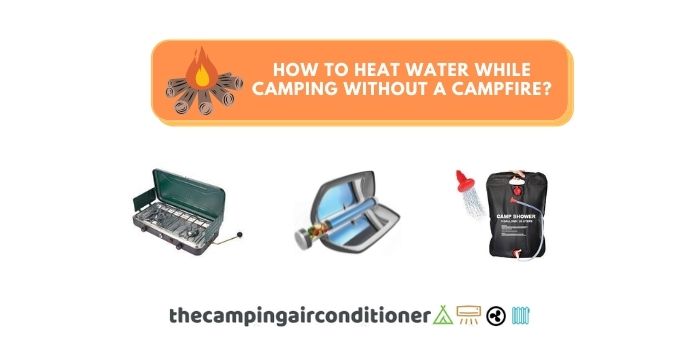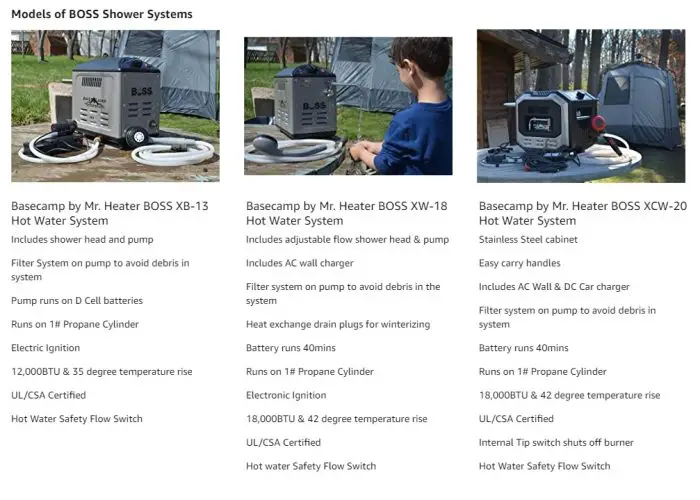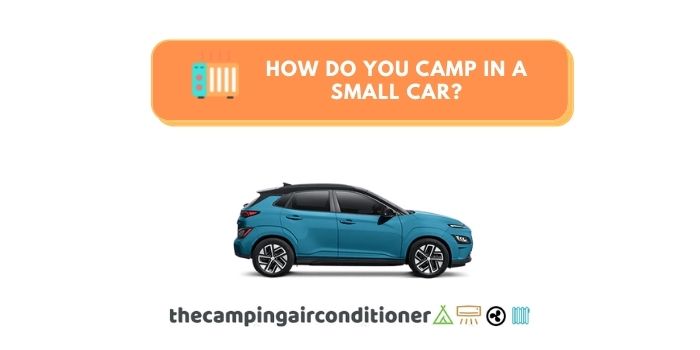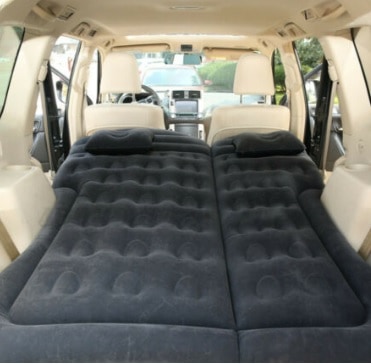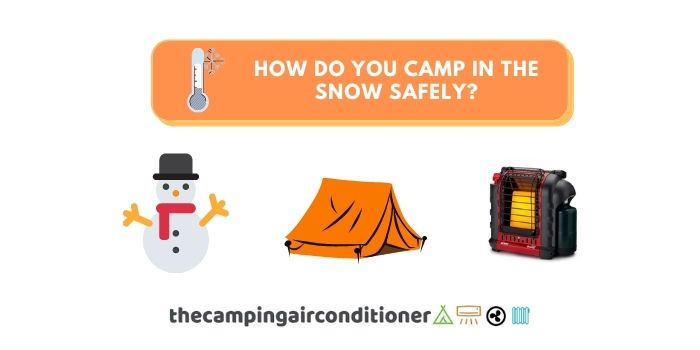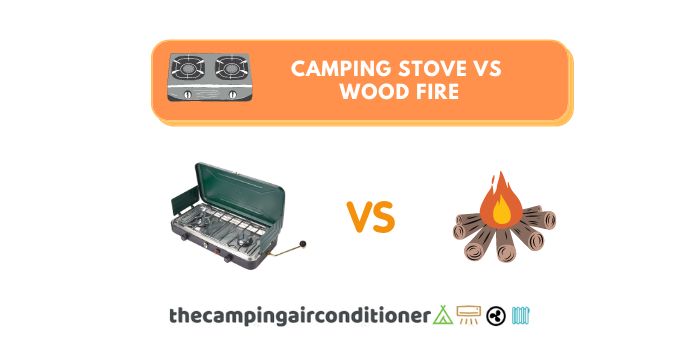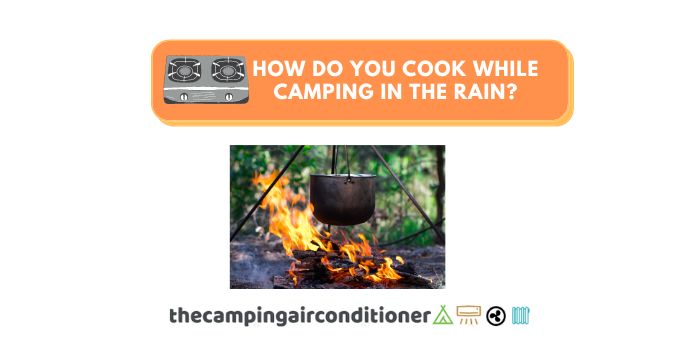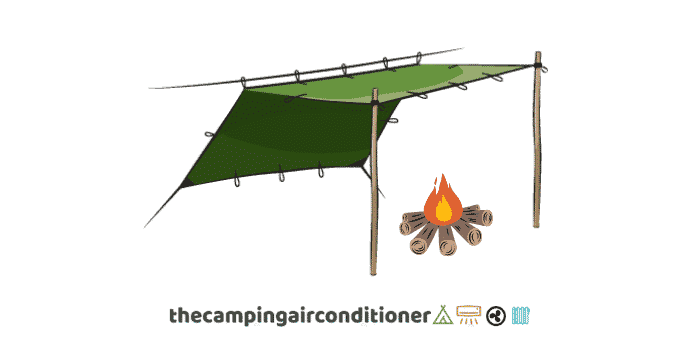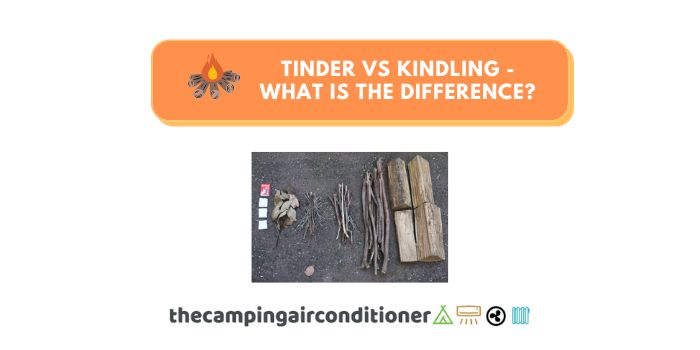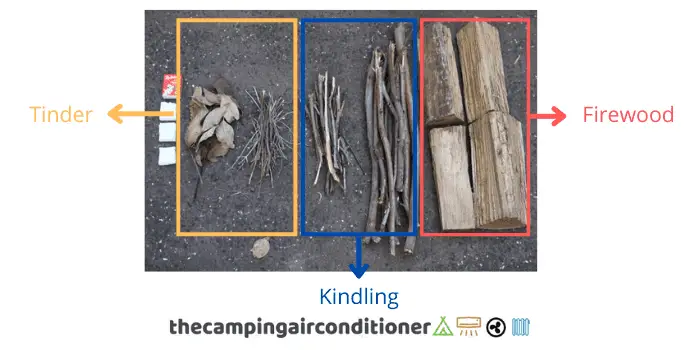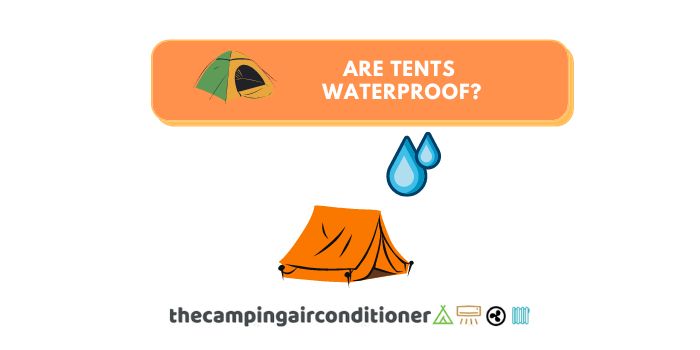Can you drink alcohol while camping? (How to NOT break the rules)
Who doesn’t love a good glass of wine or beer after a long day out in the bush?
Alcohol can make you feel more relaxed and can be compared to a small dose of antianxiety medications, according to Healthline.com. However, can you drink alcohol when you are camping?
Generally speaking, yes – there are no problems with it. But you MUST check your campsite regulations, rules, and even the existing laws in your State/Country. Even if it is legal, alcohol should be consumed in small doses and ia a recreative manner.
Let’s go through a detailed explanation and tips around it in this article.
Is it legal to drink while camping?
The answer to the question is it depends on where you are staying. Before opening your bottle of beer, read the next two steps.
Step 1 - Always check the rules/laws of your City/State/Country
First, we recommend checking if public drinking is allowed in your City, State or Country.
For example, the map below was extracted from www.thrillist.com, and it shows where you wouldn’t have problems opening your beer in public (jurisdictions in red have a public alcohol ban).
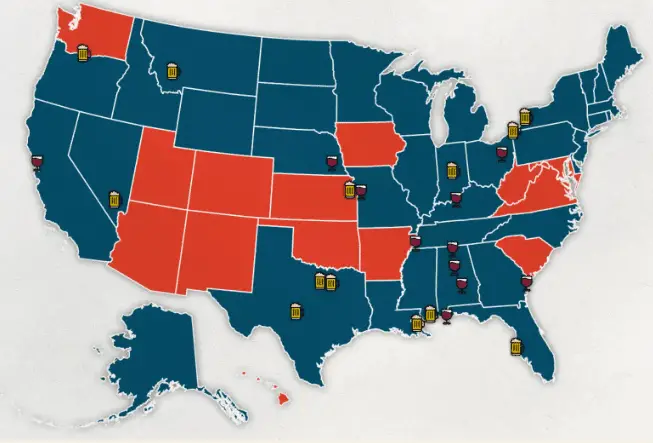
List of States that allow public drinking in US:
- Idaho,
- Wyoming,
- North Dakota,
- South Dakota,
- Minnesota,
- Wisconsin,
- Illinois,
- Michigan,
- North Carolina,
- Delaware,
- New Jersey,
- Connecticut,
- Massachusetts,
- Rhode Island,
- New Hampshire,
- Vermont,
- Maine,
- and Alaska
Editor’s Note: If you are in one of the States in the red color, check the specific campsite policies (Sometimes, alcohol may be allowed under certain circumstances).
Step 2 - Check the rules of your campsite
If you are in the blue area from the map above, you need to check the specific rules of your campsite or park. How do you do it?
Easy, you need to access the website of National Park Services and look for the alcohol policy of your campsite. Some examples of alcohol policies are detailed below:
a) California Department of Parks and Recreation – “The possession and/or consumption of alcoholic beverages (this includes alcohol poured into a different container) is prohibited in all day use areas. Alcohol is only allowed in your overnight camp site and you may also consume alcohol from a vessel.”
b) Oregon State Parks – “You may bring alcohol to parks, except where specifically banned. Some parks require written approval from the park manager. For information, call the park directly, or call the Information Center at 800-551-6949. And of course, no one younger than 21 can possess or drink an alcoholic beverage.“
If you are not staying in a campground, check the rules and laws of the place you have pitched your tent – otherwise, you might end up with a fine or jail!
If you are hiking or camping in an isolated location, be mindful of garbage production and never leave cups and bottles behind and follow the rules of public drinking.
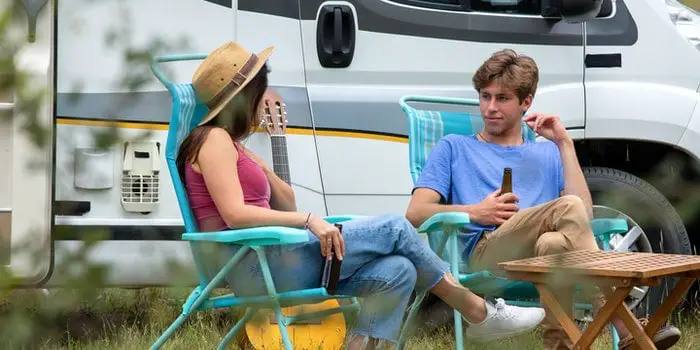
What drinks Drinks to bring for camping trips
Each camper has your preference, but we recommend refreshing drinks made of fruits and options that may help with hydration during hot weather, such as:
- Light Beer (i.e. lager)
- Pre-mixed drinks
- Camping cocktails
- White wine (cold)
An esky cooler box will keep your beverages at the right temperature and refreshing during summer days. If you have some cocktail skills or want to create a fun social activity, why not get one camping cocktail kit?
Our recommendation is to pick stirred drinks, such as negroni, manhattan, godmother, and many others.
During cold nights, hot drinks might help to keep you warm over a campfire and close to your heater. Some options are:
- Red wine
- Mulled wine (check this recipe)
- Hot Gin with tonic
Drinking while camping - Safety Talk and Good Etiquette
If you have done all your checks and certified that you can drink in your camping area, remember some general rules and advice about alcohol consumption:
- Underage drinking is not allowed
- Never drink and drive, operate or use camping gear that might lead to an accident (i.e. heaters, sharp knives, etc.)
- Don’t drink before going for hikes or practising any sports or activities that might require physical effort
- Avoid drinking too much – the last thing you want is to have a hangover during your camping trip
- Prepare snacks and keep eating while your drink – this will help your body to control alcohol digestion better
- Drink plenty of water and keep your body dehydrated
- If you are camping in high altitudes, be mindful of
- If you are in a campground, be aware of your neighbours and respect their privacy
- Keep the site clean




